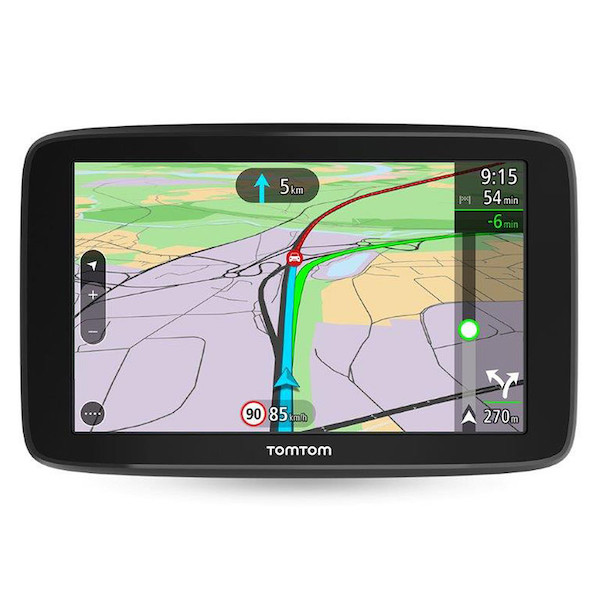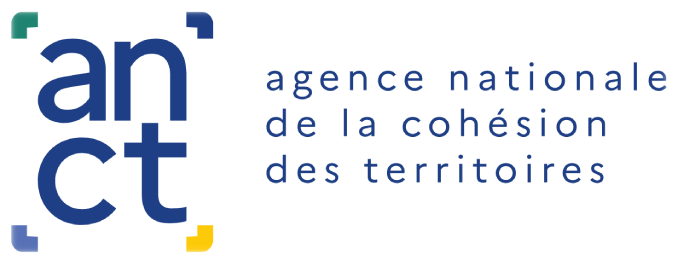The British government announced last April that driver's license applicants will now have to demonstrate that they can read a GPS and follow its instructions.
The Driver and Vehicles Standards Agency (DVSA), the licensing agency, has introduced a new test to the driving test. The examiner will program a direction; the candidate will have to follow the directions given by the navigation system. This part of the test will last up to 20 minutes. However, it will not be grounds for failure on its own if the candidate simply makes a mistake in the direction of travel. This reform of the exam was subject to a public consultation: the use of GPS was approved by 71%. According to the director of the DVSA, "the driving test must be in line with the advances in technology".
In Belgium, Wallonia is also considering imposing a GPS test.
Geolocation, guidance and route planning are indeed among the most widely used digital applications.
According to an international survey conducted in 2016 by Idate, 86% of French drivers say they use a navigation aid to plan their trips or to guide them during their travels.
Références :
The appearance of a first generation of electronic assistants combining GPS and GSM (Coyote, TomTom), then the emergence of mobile applications have opened the way to a wide variety of uses: connected mapping, speed camera detection, real-time information on traffic jams, route calculation, voice guidance, calculation of the cost of the journey...
The effectiveness of these mobility assistance services often relies on the participation of drivers and their passengers, for real-time reporting and sharing of traffic jams, street or road closures or accidents.
The rise of free applications (Waze was created in 2008) has largely contributed to the democratization of these uses (and led to the collapse of the sales of devices).
Nearly one in two French motorists surveyed (48%) used a mobile application in 2016 to prepare for a trip or for navigation (85% in the UK, 66% in Europe). The Waze application is said to have nearly 7.9 million active users in France, including 2 million daily users, according to the newspaper Le Monde.
French drivers are unique in Europe in their high level of use of in-dash systems (48% in France, 26% in Europe) and TomTom-type mobile GPS (53% in France, 42% in Europe).
Connected mapping is not just for drivers.
According to the Capacity survey, supported by the Agence du Numérique, 85% of Internet users in France use the Internet or a mobile device to "search for information for their travels: an itinerary (car or public transport), an address, a location": 3.5% do it several times a day, 11% every day or almost every day, 23% every week or almost every week and 19% less often.
The Capacity survey also sheds light on the skills of French Internet users when it comes to route finding.





